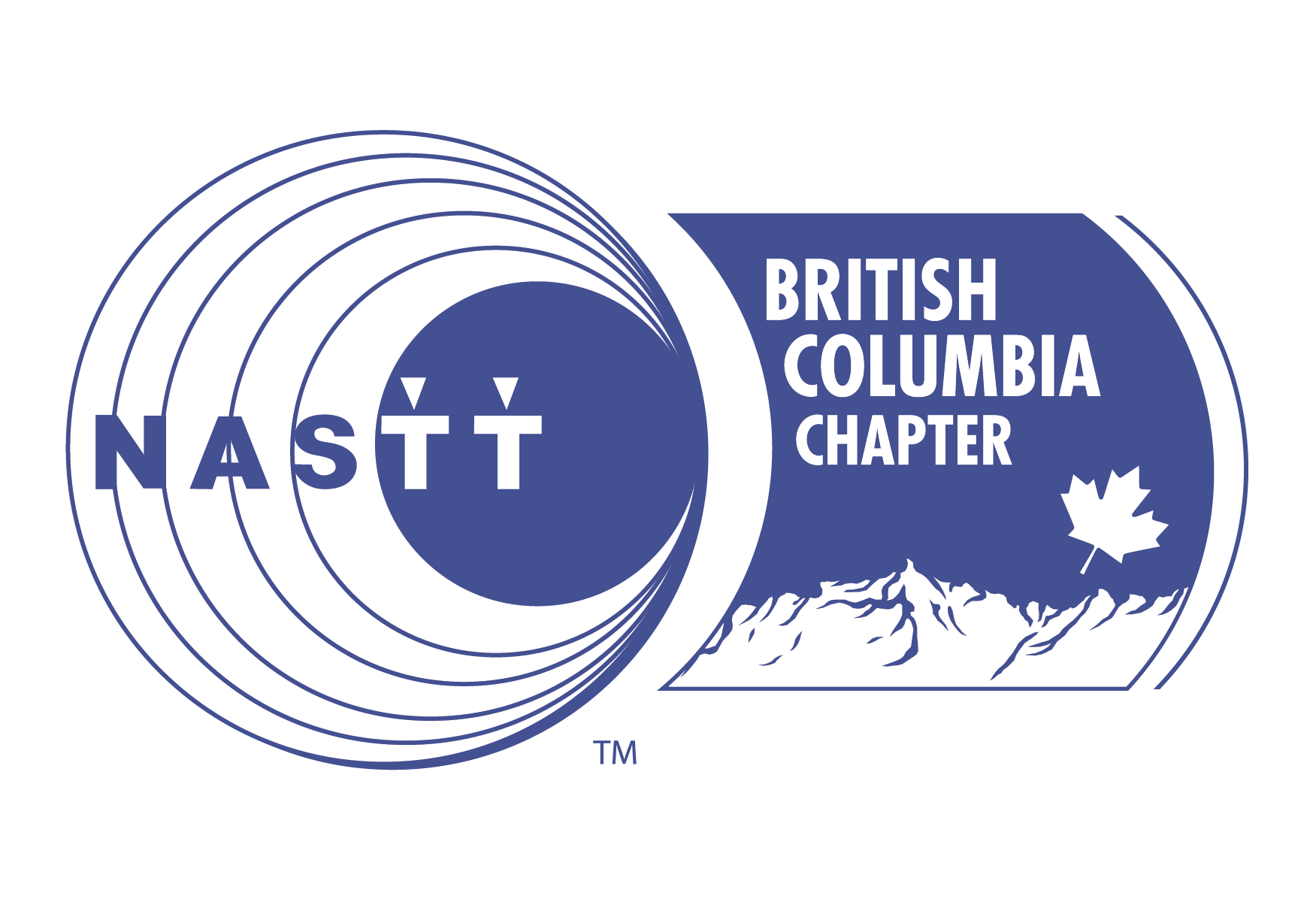The 2024 CUIIC Academy Webinar Series intends to advance the state of the knowledge in the industry and bring more awareness to the underground infrastructure community through a free, educational webinar each month.
The study of pipeline-soil interaction started over 100 years ago. Initially it was focused on how soil loads interact with buried utility pipes and culverts.
In the 1970s computer-based (via a dial-up modem) soil-spring models were used to assess the buried pipeline response on the Trans-Alaska oil pipeline. Since then, there have been many significant developments, including standard references (such as ALA (2005)) that guide pipeline stress analysts and designers.
Since recent years there have been several important advances in understanding how buried pipelines and soils interact, which has improved pipeline designs. There remain several areas that still need more research and development.
This presentation will present one report card on pipeline-soil interaction modeling and present continuing challenges for our industry.
About the Speaker:
Jim Oswell is a geotechnical engineer based in Calgary Alberta. For over 40 years he has been involved in both permafrost engineering and the geotechnical aspects of pipelines.
His consulting experience includes pipeline projects in Canada, United States (including Alaska), Ecuador, Colombia, China, Russia and Malaysia. This work includes input to pipeline-soil interaction modelling, routing, slope stability and other geohazard management, geohazard mitigation, and forensic investigations of loss-of-containment events.
He is the author of the textbook "Soil mechanics for pipeline stress analysis.
To register for this event click here

